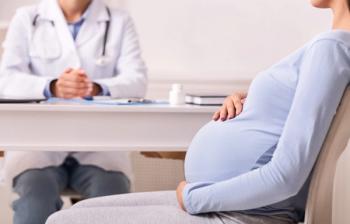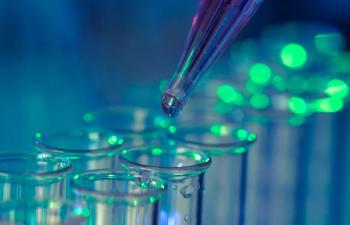
- Vol 38, Issue 7
Shining a Spotlight on Bright Light for Acute Bipolar Depression
A rare robust finding from a study on bipolar depression.
Have you run out of ideas for your outpatient with resistant bipolar depression? You might consider the results of
There have been a fair number of previous studies on light therapy for bipolar disorder. Some studies with this modality of treatment, when compared with likely inactive controls, have not shown efficacy for patients whose disease does not have a seasonal component. Other reports suggested a high rate of switching to mania in patients with bipolar disorder when they received early morning light (the usual timing for light treatment targeting nonbipolar depression). Fortunately, 2 studies showed good results for chronotherapy; in these studies, patients were kept up all night and then administered
In a small study of midday light, 46 patients with moderate bipolar depression were randomized to 1 hour of bright white light at noon (7000 lux, which is less than the 10,000 lux usually administered for unipolar depression) or 50 lux dim red placebo light for 6 weeks.1 Patients exhibiting mixed features, as well as those with a history of rapid cycling in the past year, were excluded from the study. Patients with active suicidal ideation, those with any substance use disorder in the past 6 months, and those on melatonin, stimulants, or nonsteroidal anti-inflammatory drugs were also excluded. Thus, at best, the study results apply to a very limited number of patients in comparison with usual practice patients.
The light dose was titrated slowly as a precaution against inducing mania. Participants started with a 15-minute treatment, which increased by 15 minutes weekly until reaching 1 hour at week 4. Most other light treatment protocols start with the full dose, so this was another novel aspect of the approach (in addition to the timing of the light).
The results demonstrated that remission (defined as a score of 8 or less on the primary depression rating scale) was seen by week 6 in 68% of the bright light group vs 22% of the control group. There were no mood polarity switches. Quite notably, there was no difference between the active and placebo groups in the first 3 weeks. Remission in other light therapy studies tend to cluster at week 5, so the time frame for improvement was similar to other protocols despite the ramping up of dose over the first 4 weeks. However, based on the improvement difference seen between active and placebo groups in weeks 4 to 6, it seemed likely that more treatment time could have resulted in further remissions for the treatment group. The findings were
Effort was made to prevent bias among patients regarding their expectations of the bright light compared with the dim red light. Recorded baseline levels of expectations were equal in the 2 groups and did not change when repeated at study completion. Nevertheless, one cannot be extremely confident that the blind was successful when the treatments looked so different.
Nothing is known about what strategies to employ with midmorning light for maintenance of the therapeutic effects.
The caveat should be offered that new treatments often do well in early studies, but then those results are harder to replicate in subsequent and larger studies. Examples of such include
Dr Osser is associate professor of psychiatry, Harvard Medical School, and co-lead psychiatrist at the US Department of Veterans Affairs, National Telemental Health Center, Bipolar Disorders Telehealth Program, Brockton, Massachusetts. He also serves as a member of the Editorial Board of Psychiatric TimesTM. Dr Osser has no financial disclosures regarding this article.
References
1. Sit DK, McGowan J, Wiltrout C, et al. Adjunctive bright light therapy for bipolar depression: a randomized double-blind placebo-controlled trial. Am J Psychiatry. 2018;175(2):131-139.
2. Benedetti F, Riccaboni R, Locatelli C, et al. Rapid treatment response of suicidal symptoms to lithium, sleep deprivation, and light therapy (chronotherapeutics) in drug-resistant bipolar depression. J Clin Psychiatry. 2014;75(2):133-140.
3. Wang D, Osser DN. The Psychopharmacology Algorithm Project at the Harvard South Shore Program: an update on bipolar depression. Bipolar Disord. 2020;22(5):472-489.
4. Osser DN. Valproic acid: overused in bipolar disorder? Psychiatric Times. 2020;37(7):35.
5. Osser DN. Comorbid PTSD: update on the role of prazosin. Psychiatric Times. 2021;38(4):21. ❒
Articles in this issue
over 4 years ago
What Is Resilience?over 4 years ago
Is Epstein-Barr Virus to Blame for Cognition in Schizophrenia?over 4 years ago
Faith Communities and the Well-Being of LGBTQ Youthover 4 years ago
Two Crises I Didn’t Train Forover 4 years ago
Addressing Apathy in Dementiaover 4 years ago
The Rise in Synthetic Cannabinoids and Cathinonesover 4 years ago
Perfecting the TrifectaNewsletter
Receive trusted psychiatric news, expert analysis, and clinical insights — subscribe today to support your practice and your patients.

















